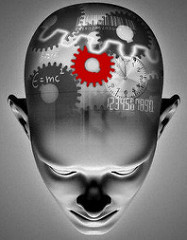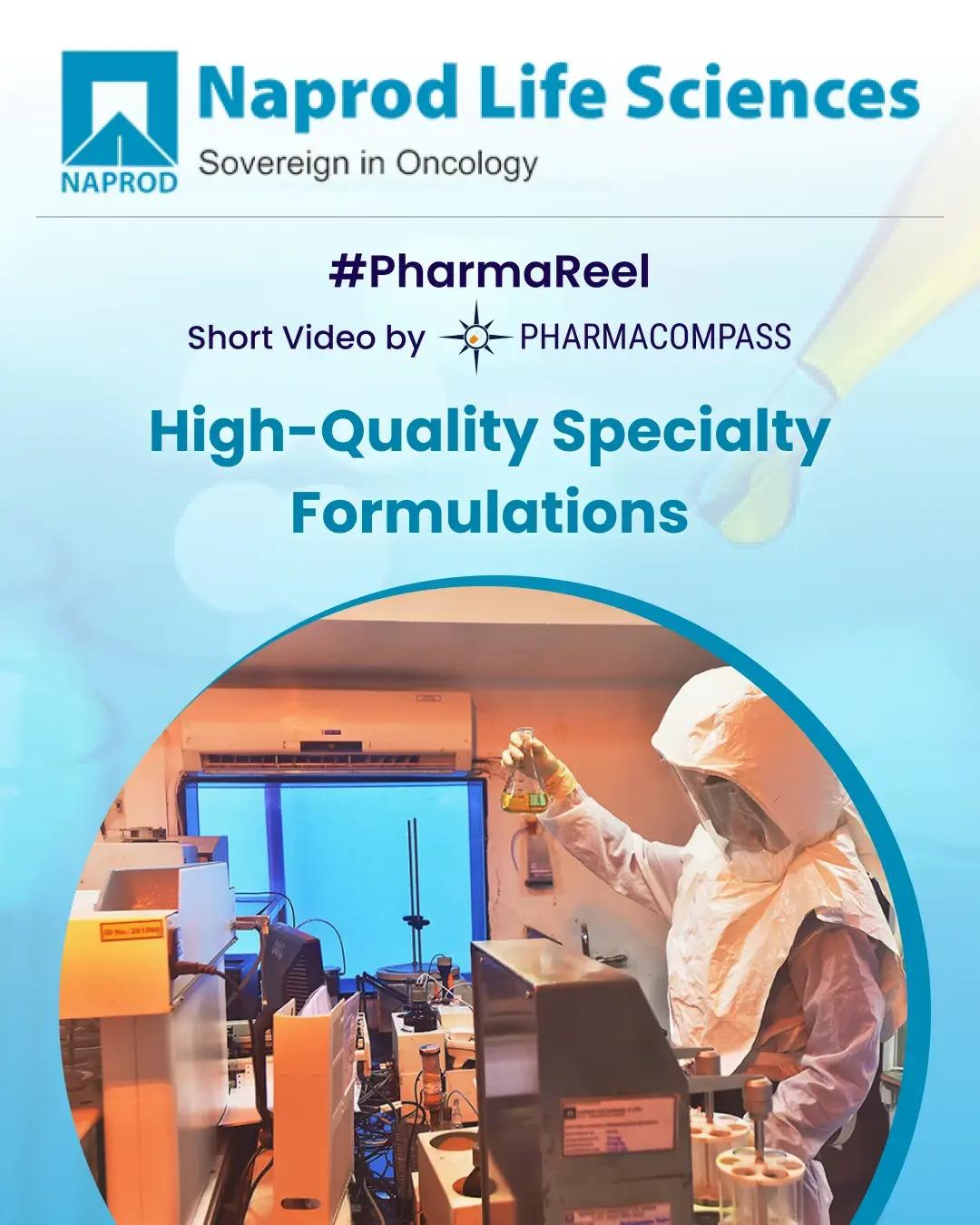
Wouldn’t it be great if your medicine could send a signal from your stomach to the clinic that it’s been ingested? Such a message would end your worries about whether you took your pill or not. Besides, it will also inform your doctor that you have been a good patient.
Such a pill isn’t something we’ve lifted from the latest sci-fi novel. Welcome to the new world of ingestible sensors.
Last week, the FDA determined that the New Drug Application (NDA) for the combination product of ABILIFY® (aripiprazole) embedded with a Proteus® ingestible sensor in a single tablet is sufficiently complete for submission.
Abilify has been Japanese drug maker Otsuka’s crown jewel. The drug – used to treat a variety of mental illnesses – brought in sales of US $ 9.2 billion in 2014 before generics got approved earlier this year.
Otsuka has tried almost everything in the playbook to keep their Abilify franchise alive. However, the use of ingestible sensors may just be their first real chance to realize their dream.
The new paradigm of ingestible sensors
Studies have estimated that 30 to 50 percent of prescription medicines are never taken, which create significant complications, resulting in deterioration of health of patients. Such neglect costs the healthcare system in the United States an estimated US $ 100 to 300 billion annually.
Digital medicine represents a new and rapidly evolving paradigm which allows for continuous measurements of physiological metrics – such as heart rate, activity and respiratory patterns – along with rapid sharing of data between patients and caregivers.
Proteus Digital, backed by Oracle and Novartis along with other investors, is a well-funded privately held start up. Their ingestible sensor can be incorporated into a tablet during tablet compression, placed inside a hard gelatin capsule during capsule filling, or attached to the surface of a tablet or capsule using an edible adhesive layer
From the stomach to the mobile phone
Upon ingestion, when the sensor makes contact with the fluids in the patient’s stomach, a tiny electric charge is generated. Each sensor communicates a unique and private digital code to a sensing patch placed on the patient’s skin. The patch records the time and date that the pill is digested and a mobile-phone-based user interface provides real-time, continuous measurement of medication adherence.
If the patient is willing, the information from the mobile phone can be transmitted over the internet for caregivers to review and analyze.
The design of the sensor consists of an insoluble portion, the integrated circuit, which is equivalent in size to a food particle and is handled by the gut like a food particle or incidentally ingested grain of sand. The remaining components present materials which are ingested as part of a typical diet.
Are these sensors safe?
Proteus Digital’s ingestible sensor has been under development for many years now and undergone extensive safety and efficacy evaluations. Clinical studies have been performed on over 20,000 device ingestions.
While the sensor patch received FDA clearance in 2010, the ingestible sensor was approved in 2012. However, the application filed last week with Abilify is a first where the sensor has been embedded with a drug and given to the FDA for review.
Proteus claims the sensor recorded ingestion events with 99.1 percent accuracy, and 100 percent correct identification of the type and dose of the drug taken. No serious adverse events (SAEs) or unanticipated adverse device effects (UADEs) were recorded.
Our view
Earlier this month, we covered drug-device combinations heralding a new era in the way the pharmaceutical industry will operate in the future. So whether it is the pill with a camera – designed to take high-speed photos of the intestinal tract and avoid invasive colonoscopy – or nano-sensors that travel the bloodstream and send messages to a smartphone, alerting the user of signs of infection, an impending heart attack or other cardiovascular issues; medicine will be very different in the coming future.
As the technology revolution has made smartphones ubiquitous, digital drugs could usher an era where we will witness ‘digital smart drugs’ with superior capabilities and connectivity to the ‘not-smart drugs’ as we know them today.
The PharmaCompass Newsletter – Sign Up, Stay Ahead
Feedback, help us to improve. Click here
Image Credit : binaural-beat-digital-drug by digitalbob8 is licensed under CC BY 2.0
“ The article is based on the information available in public and which the author believes to be true. The author is not disseminating any information, which the author believes or knows, is confidential or in conflict with the privacy of any person. The views expressed or information supplied through this article is mere opinion and observation of the author. The author does not intend to defame, insult or, cause loss or damage to anyone, in any manner, through this article.”






